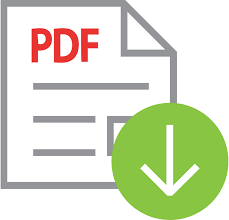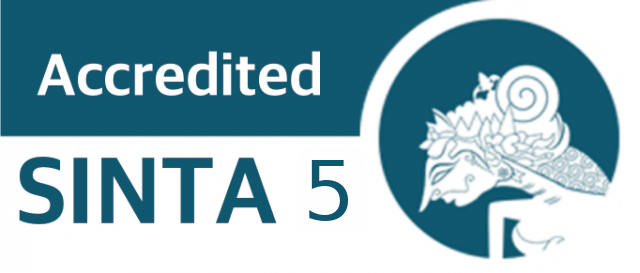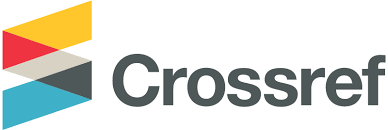Negative Representation Found In Instagram’s Comment’s Column Presented By Indonesian Female Celebgram’s In Halloween Celebration
 ),
), (1) Universitas Negeri Padang
 Corresponding Author
Corresponding Author
Copyright (c) 2024 Adisty Salsabila
DOI : https://doi.org/10.24036/ell.v13i3.125162
Full Text:
 Language : en
Language : en
Abstract
Keywords
References
Brown, G., & Yule, G. (1983). Discourse Analysis. Cambridge Textbooks in Linguistics. UK : Cambridge University Press.
C. S. Brown (2017). Childhood and teenage discrimination: A developmental intergroup approach. Routledge, New York, NY.
Fairclough 2003; Meyer, 2001; Weiss and Wodak, 2003). Methods of Critical Discourse Analysis. London: Sage.
Fairclough, N. (1989). Language and Power. London: Longman.
Fairclough, N. (1992). Discourse and Social Change. Cambridge: Polity Press
Fairclough, N. (1993). Critical Discourse Analysis and the Marketization of Public Discourse:The Universities. Discourse and Society, 4, 133-168.
Fairclough, N. (1995). Critical discourse analysis: The critical study of language. Longman.
Fairclough, Norman (1995a). Critical Discourse Analysis: The Critical Study of Language. London: Longman
Fowler, R. (1991). Language in the News: Discourse and ideology in the press. London and New York: Routledge.
Hikam, M. A. S. (1996). Bahasa dan politik: Penghampiran discursive practice. Bandung : Mizan.Introduction: The Discipline and Practice of Qualitative Research, Denzin, N.K., and Lincoln, Y.S. 2005. In: Handbook of Qualitative Research, Third Edition, Denzin, N.K., and Lincoln, Y. S. (Eds.), Sage, Thousand Oaks, 1-32.
Lee, J. E., & Watkins, B. (2016). YouTube vloggers’ influence on consumer luxury brand perceptions and intentions. Journal of Business Research, 69(12), .1–8. https://doi.org/10.1016/j.jbusres.2016.04.171
Liu S., Jiang C., Lin Z., Ding Y., Duan R., Xu Z. (2015). Identifying effective influencers based on trust for electronic word-of-mouth marketing: A domainaware approach.
Locke, T. 2004. Critical Discourse Analysis. London: Cromwell Press
Lucas (2009), "Attributions to Discrimination and Depression Among Latino/as: The Mediating Role of Competence."
McLeod, S., 2008. Prejudice and Discrimination in Psychology | Simply Psychology.
Miles, Mathew B., dan A. ,Huberman. 1994. An Expanded Sourcebook: Qualitative Data Analysis. London: Sage Publications.
Mr. Robert C. Bogdan Qualitative Research for, dan Biklen Kopp Sari, 1982. Education: A Theory and Methods Introduction. And Allyn
Munukka J., Uusitalo O., Toivonen H. (2016). Credibility of a Peer Endorser and Advertising Effectiveness. Journal of Consumer Marketing, 33(3),182-192. doi: 10.1108/JCM-11-2014-1221.
Richards, J. C., Platt, J., & Platt, H. (1992). Longman Dictionary of Language Teaching and Applied Linguistics. London: Longman
Sherman, R. R., & Webb, R. B. (1988). Qualitative research in education: Focus and methods. London: Falmer Press.
Sheyholislami, J. (2001). Critical discourse analysis. (Paper). Carleton University.
Sobur, (2006), Semiotika Komunikasi, Bandung: Remaja Rosdakarya Analisis Teks Media Suatu Pengantar untuk Analisa Wacana, Analisis Semiotik, dan Analisis framing, Bandung: PT Remaja Rosdakarya
Thomas, A. K., Gordon, L. T., and Bulevich, J. B. (2014). “Uniting theory to empirical evidence: how to understand memory of the elderly witness,”*
Van Dijk, T. (1993). Principles of critical discourse analysis. Discourse and Society, 249-283
Van Dijk, T. (2006). Discourse and manipulation. Discourse and Society, 17, 359-383
 Article Metrics
Article Metrics
 Abstract Views : 31 times
Abstract Views : 31 times
 PDF Downloaded : 13 times
PDF Downloaded : 13 times
Refbacks
- There are currently no refbacks.
Copyright (c) 2024 Adisty Salsabila

This work is licensed under a Creative Commons Attribution-NonCommercial 4.0 International License.












